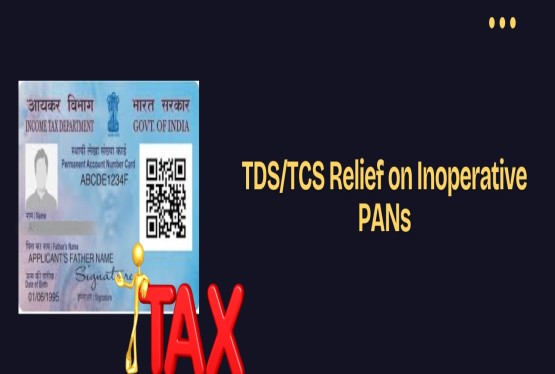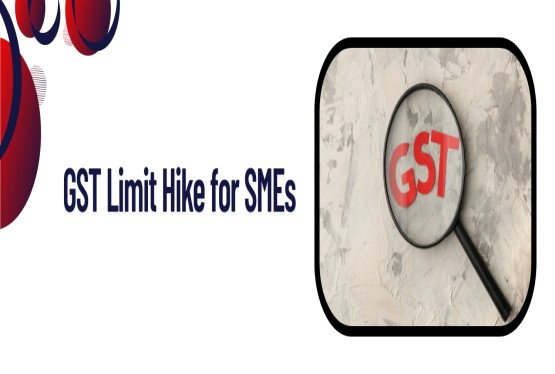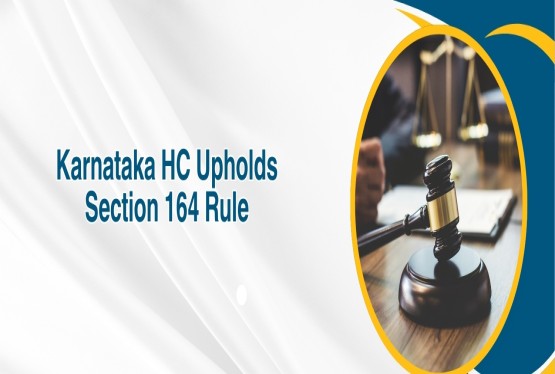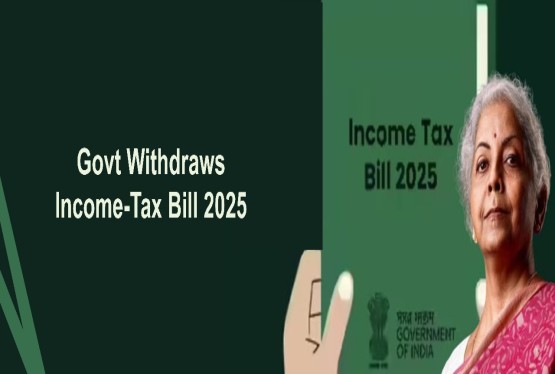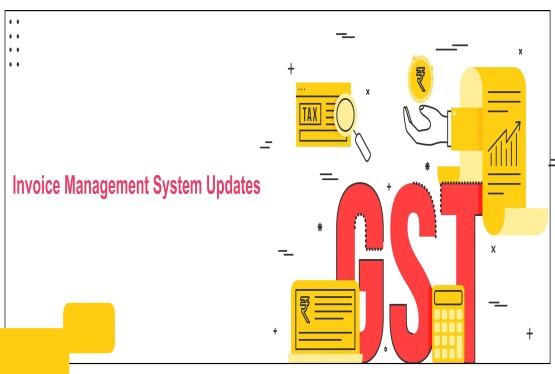GSTR-9 and GSTR-9C are both annual compliance forms introduced under the Goods and Services Tax (GST) regime in India. Despite being related to annual filings, they serve different purposes and have different applicability criteria. Many taxpayers remain confused about when to file GSTR-9 versus GSTR-9C and what each form entails. This article aims to provide a clear and complete comparison between GSTR-9 and GSTR-9C, elaborating on their nature, filing requirements, due dates, penalties, and format.
Nature of GSTR-9 and GSTR-9C
GSTR-9 is an annual return form that serves as a consolidated report of all monthly and quarterly GST returns filed during a financial year. It includes a summary of outward and inward supplies, input tax credit (ITC), taxes paid, and other relevant disclosures. It acts more like an informational return that provides a complete overview of the taxpayer's GST transactions.
On the other hand, GSTR-9C is a reconciliation statement, which compares the figures reported in GSTR-9 with those recorded in the audited financial statements of the business. It is an analytical document and is required to be self-certified by the Chief Financial Officer (CFO) or Finance Head of the company. The purpose of GSTR-9C is to ensure transparency and accuracy in GST reporting.
Who Must File?
GSTR-9 is required to be filed by every GST registered taxpayer, irrespective of their turnover. However, specific categories of persons are exempt from this requirement. These include Composition Dealers, Casual Taxable Persons, Non-Resident Taxable Persons, Input Service Distributors (ISDs), Unique Identification Number (UIN) holders, Online Information and Database Access or Retrieval (OIDAR) service providers, and persons liable for Tax Collected at Source (TCS) or Tax Deducted at Source (TDS).
GSTR-9C, in contrast, is applicable only to those registered taxpayers whose aggregate turnover exceeds Rs. 5 crore in a financial year. This means that businesses below this threshold are not mandated to file GSTR-9C. This form is a way to reconcile the annual return with the financial books, which is not necessary for smaller businesses.
Optional Filing Provisions
From the financial year 2017-18 onwards, businesses with an aggregate turnover of less than Rs. 2 crore have the option to not file GSTR-9. This exemption helps ease the compliance burden on micro and small businesses. Similarly, GSTR-9C is optional for taxpayers whose turnover is below Rs. 5 crore. Though they may voluntarily file the form for record-keeping or better reconciliation, it is not compulsory under GST law.
Due Date for Filing GSTR-9 and GSTR-9C
The due date for filing both GSTR-9 and GSTR-9C is 31st December of the next financial year. For instance, the return for the financial year 2023-24 would be due by 31st December 2024. However, this date is subject to any extension announced by the Central Board of Indirect Taxes and Customs (CBIC).
It is important to note that as per the Union Budget 2023, the time limit for filing GSTR-9 has been restricted to three years from the expiry of the original due date. However, CBIC is yet to notify this change. This means that after the lapse of three years, taxpayers may no longer be able to file the return.
Late Fees and Penalty
For GSTR-9, the late fee structure has been revised from FY 2022-23 onwards.
-
For businesses with turnover up to Rs. 5 crore, a late fee of Rs. 50 per day (Rs. 25 each under CGST and SGST Acts) is applicable. The total maximum fee is capped at 0.04% of the turnover in the respective State or Union Territory (0.02% under CGST and 0.02% under SGST).
-
For those with turnover between Rs. 5 crore and Rs. 20 crore, the late fee is Rs. 100 per day (Rs. 50 under CGST and Rs. 50 under SGST) with a similar cap of 0.04% of turnover in the state.
-
For turnover exceeding Rs. 20 crore, the late fee increases to Rs. 200 per day (Rs. 100 under CGST and Rs. 100 under SGST), and the maximum fee is 0.50% of the turnover in the state (0.25% each under CGST and SGST).
-
For GSTR-9C, there is no specific late fee mentioned under GST law. However, any failure or delay in filing may attract a general penalty of Rs. 25,000 under Section 125 of the CGST Act.
Filing of the Return
Both GSTR-9 and GSTR-9C can be filed on the GST portal or through an approved facilitation centre. GSTR-9 must be filed first, as the figures in GSTR-9C need to be reconciled against the data provided in GSTR-9. Taxpayers must ensure that all details provided in the monthly or quarterly GSTR-1, GSTR-3B, and other forms are accurate and consistent, as any inconsistency could lead to mismatches and notices from the GST department.
Format of the Return
The format of GSTR-9 includes a consolidated summary of the following:
-
Total turnover reported in GST returns for the financial year
-
Input Tax Credit (ITC) claimed
-
Taxes paid
-
Late fees paid during the financial year
-
Amendments made between April and 30th November of the subsequent financial year
It also requires additional disclosures wherever applicable:
-
Details of demands and refunds
-
Supplies received from composition dealers
-
Transactions involving job work
-
Goods sent on approval basis
-
HSN-wise summary of outward and inward supplies
-
Late fees payable for any delay
GSTR-9C is structured in two parts:
-
Part A is the reconciliation statement, which requires detailed comparison and explanation for differences in turnover, ITC, and tax paid between GSTR-9 and the financial statements. It also includes the auditor’s recommendation of any additional tax liability.
-
Part B is the self-certification by the CFO or Finance Head of the company, affirming the correctness of the information provided.
Who Must Certify or Attest
GSTR-9 does not require certification by a Chartered Accountant (CA) or Cost Accountant (CMA). However, the return must be digitally signed by the registered taxpayer. A digital signature ensures the authenticity of the data submitted.
GSTR-9C must be self-certified by the company’s CFO or Finance Head using a digital signature. This adds a layer of accountability and ensures that the reconciliation is done with due diligence and verified by a responsible officer.
Annexures
GSTR-9 does not require any annexures to be submitted along with the return. The entire form is to be filled online and digitally signed without any supporting attachments.
GSTR-9C, however, must be filed along with an annexure that includes a copy of the audited financial statements. This is to ensure that the data in GSTR-9C matches the audited books of accounts and that discrepancies, if any, can be traced and explained.
Recent Changes and Notifications
CBIC had issued Notification No. 07/2023 dated 31st March 2023 which waived off the late fee in excess of Rs. 20,000 (Rs. 10,000 each under CGST and SGST) for delayed filing of GSTR-9 for financial years 2017-18 to 2021-22, if the return was filed between 1st April 2023 and 30th June 2023. This provided major relief to taxpayers who had missed earlier deadlines. It is also important for businesses to stay updated with notifications from CBIC as due dates and penalties are frequently revised based on government policies and industry feedback.
Conclusion
While GSTR-9 is a consolidated summary of the year’s GST returns, GSTR-9C serves as a verification and reconciliation tool against financial records. The applicability depends on the turnover, and both forms come with their own compliance requirements and penalties. Filing these returns timely and accurately not only ensures regulatory compliance but also strengthens financial transparency.
Any businesses looking for assistance in filing GSTR-9 and GSTR-9C, professional services and GST, Compliance Calendar LLP can help ensure accuracy, reduce errors, and ease the burden of compliance. To connect with the experts you can mail at info@ccoffice.in or Call/Whatsapp at +91 9988424211.
FAQs
Q1. Is GSTR-9 mandatory for all taxpayers?
Ans. No, GSTR-9 is not mandatory for all taxpayers. It is required to be filed by all regular GST-registered taxpayers, except certain categories like Composition Dealers, Casual Taxable Persons, Non-Resident Taxable Persons (NRTPs), ISDs, UIN holders, and OIDAR service providers. Additionally, from FY 2017-18 onwards, businesses with turnover less than Rs. 2 crore are given the option to skip filing GSTR-9.
Q2. Who is required to file GSTR-9C?
Ans. GSTR-9C is applicable only to taxpayers whose aggregate annual turnover exceeds Rs. 5 crore in a financial year. It acts as a reconciliation statement between GSTR-9 and the audited financial statements and must be self-certified by the CFO or Finance Head of the business. Businesses below Rs. 5 crore turnover are not required to file this form but may do so voluntarily.
Q3. What is the due date for filing GSTR-9 and GSTR-9C?
Ans. Both GSTR-9 and GSTR-9C must be filed by 31st December of the next financial year. For example, for FY 2023-24, the due date would be 31st December 2024. However, the CBIC may extend the due dates through official notifications. As per Budget 2023, filing GSTR-9 after three years from the original due date will not be allowed, though the final notification is still awaited.
Q4. What is the penalty for late filing of GSTR-9?
Ans. For GSTR-9, late fees depend on the turnover of the business. For turnover up to Rs. 5 crore, the late fee is Rs. 50 per day (Rs. 25 each under CGST and SGST). The maximum late fee is capped at 0.04% of turnover in the State/UT. For businesses with higher turnovers, the fee and cap increase accordingly. These penalties can add up significantly if the return is delayed.
Q5. Is there a late fee for GSTR-9C filing?
Ans. There is no specific late fee mentioned under the GST law for GSTR-9C. However, any delay or failure in filing may attract a general penalty of Rs. 25,000 under Section 125 of the CGST Act. It is advisable to file both GSTR-9 and 9C before the due date to avoid legal and financial consequences.
Q6. What is the main difference between GSTR-9 and GSTR-9C?
Ans. The key difference lies in the purpose and content. GSTR-9 is a consolidated annual return summarizing all GST filings, while GSTR-9C is a reconciliation statement comparing GSTR-9 data with audited financial statements. GSTR-9C also includes a declaration from the CFO or Finance Head, while GSTR-9 does not require such certification.
Q7. Can I revise GSTR-9 or GSTR-9C after filing?
Ans. No, once GSTR-9 or GSTR-9C is filed, it cannot be revised. Taxpayers should be very careful and verify all details before submission. Any discrepancies discovered after filing may need to be explained to the GST department or corrected through subsequent rectification measures in books or returns.
Q8. Do I need to attach any documents while filing GSTR-9 or GSTR-9C?
Ans. GSTR-9 does not require any attachments or annexures. It is a self-contained online form. However, GSTR-9C must be filed along with a copy of the audited financial statements. This helps ensure that the reconciliation presented in GSTR-9C is supported by actual financial records.








_crop10_thumb.jpg)




































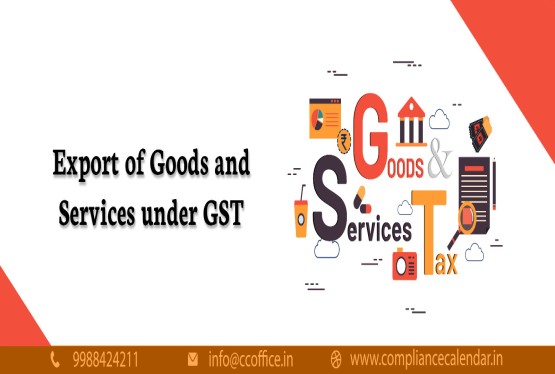













































_for_FY_2025-26_crop10_thumb.jpg)



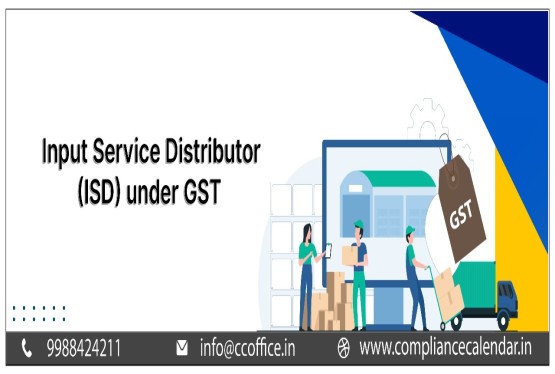








_learn_crop10_thumb.jpg)








_Filing_Due_Dates_for_FY_2024-25_learn_crop10_thumb.jpeg)


























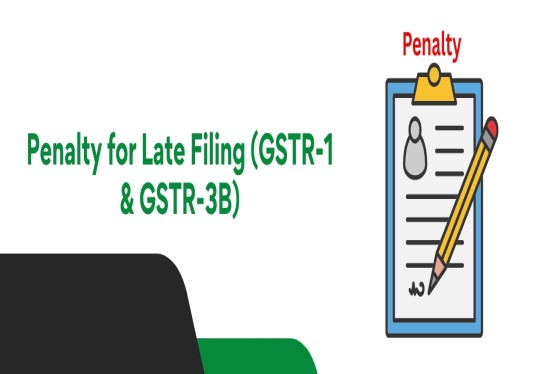












_of_GST_Act_learn_crop10_thumb.jpg)










_Under_GST_learn_crop10_thumb.jpg)









_crop10_thumb.jpg)


_crop10_thumb.jpg)






_learn_crop10_thumb.jpg)






















_of_the_Income_Tax_Act_learn_crop10_thumb.jpg)



_learn_crop10_thumb.jpg)
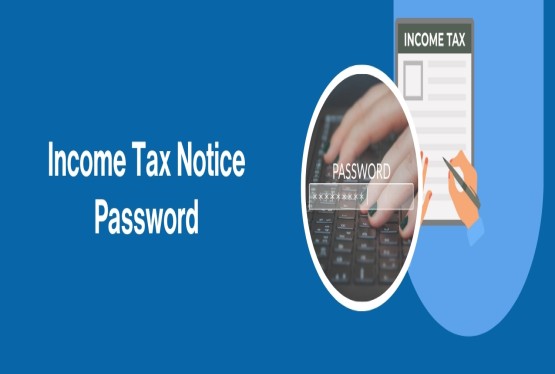





_learn_crop10_thumb.jpg)






_crop10_thumb.jpg)




















_in_The_Income_Tax_Act,_1961_learn_crop10_thumb.jpg)



_learn_crop10_thumb.jpg)



_of_the_Income_Tax_Act_learn_crop10_thumb.jpg)


_Of_Income_Tax_Act_learn_crop10_thumb.jpg)








_learn_crop10_thumb.jpg)








_learn_crop10_thumb.jpg)
_crop10_thumb.jpg)





















_learn_crop10_thumb.jpg)
_for_Import_and_Export_learn_crop10_thumb.jpg)











